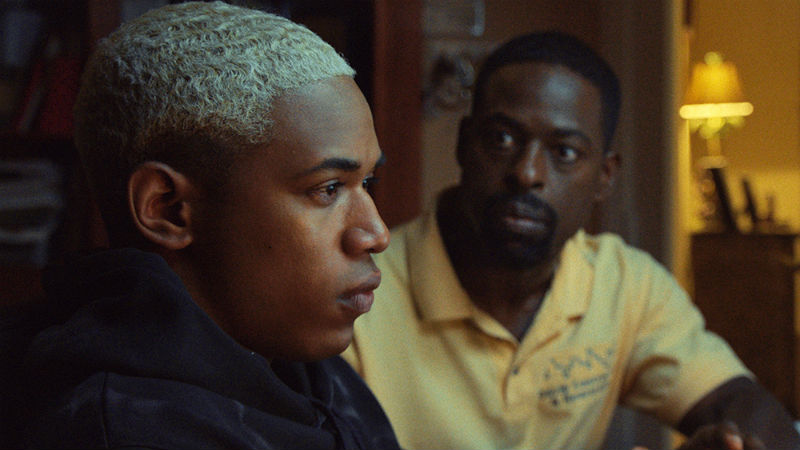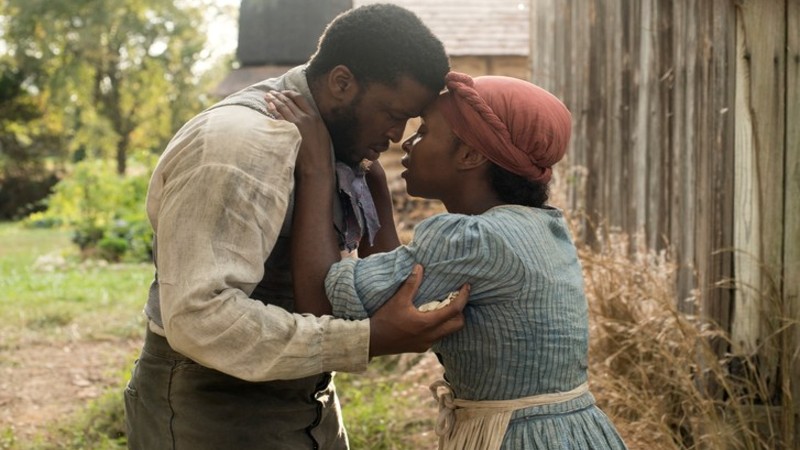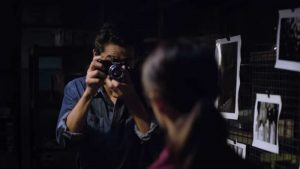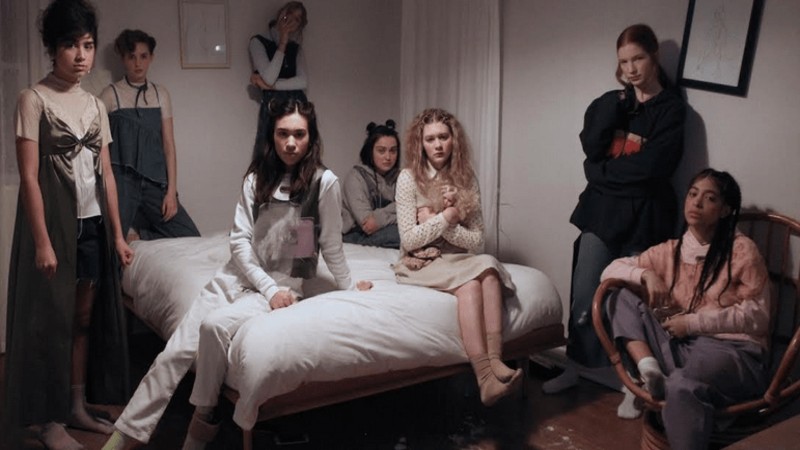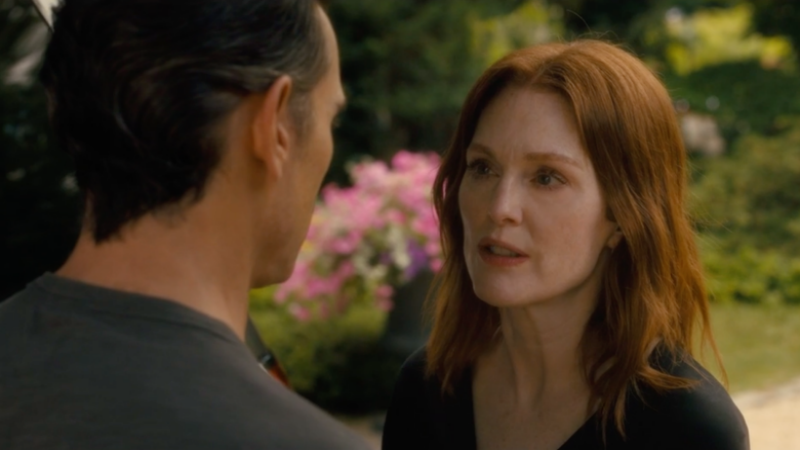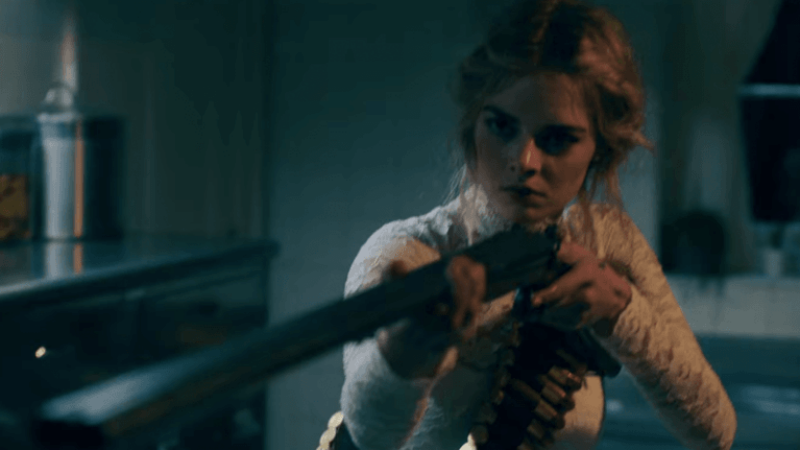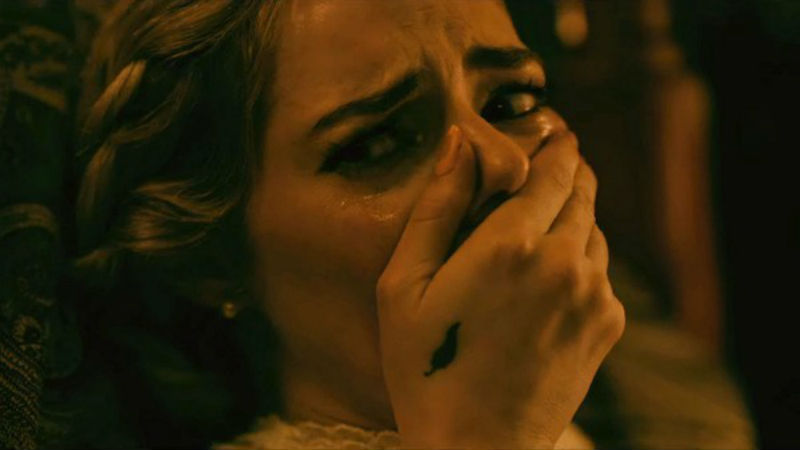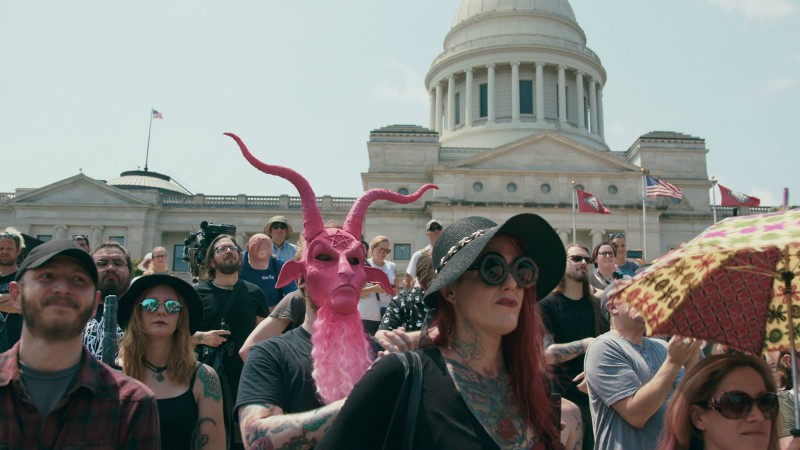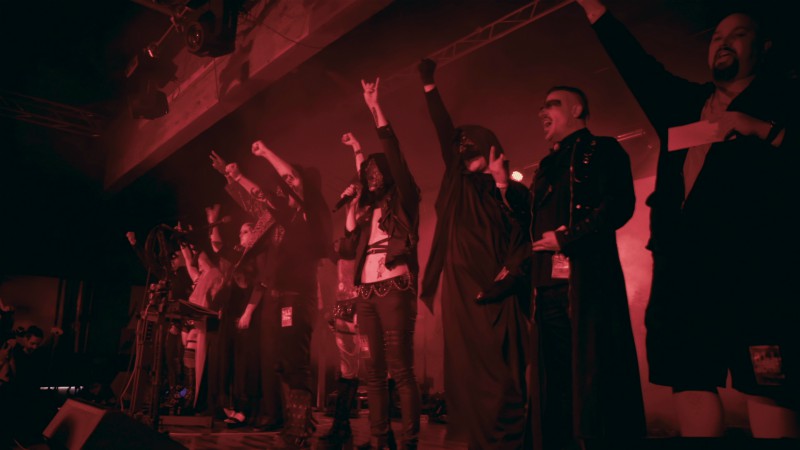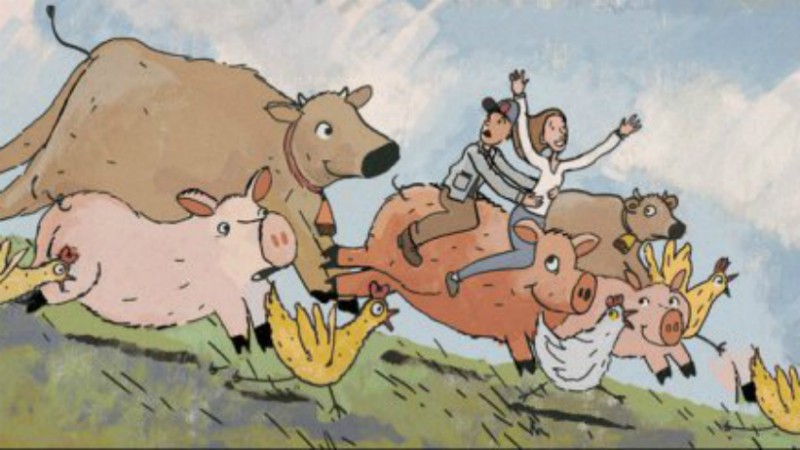In 1998, for the TV anthology Gakko no Kaidan G, Takashi Shimizu made two very short (three-minute) shock films, respectively titled Katasumu and 4444444444, in which he introduced creepy, contorting revenant Kayako Saeko and her meowing son Toshio, laying the central groundwork for the grudge-dbearing, implacably vengeful spirits at the epicentre of what would become his Ju-on series. Their popularity enabled him to expand this universe into the feature-length ‘V-cinema’ features Ju-on: The Curse and Ju-on: The Curse 2 (both 2000), and these in turn would be remixed by Shimizu into the theatrical features Ju-on: The Grudge (2002) and Ju-on: The Grudge 2 (2003). By this stage, the J-horror craze had hit the United States, and Shimizu was invited to remake his films for an American audience. In the first of these, The Grudge (2004), Shimizu retained the Tokyo setting and the extraordinary actress Takako Fuji (in the role of Kayako Saeki), while importing an ensemble of American characters to add to the alienation and disorientation that were always fundamental parts of the series. By The Grudge 2 (2006), Shimizu had allowed Kayako’s curse to be translocated stateside to Chicago, and by The Grudge 3 (2009), he had handed over the property entirely to director Toby Wilkins’ caretaking. There have been further reboots in Japan (also lacking Shimizu’s personal touch) with diminishing returns, and there has even been Koji Shiraishi’s more-fun-than-it-sounds Sadako vs Kayako (2016), a postmodern crossover of The Grudge with that other iconic, multiple sequel spawning sequel J-horror sensation Ring (Hideo Nakata, 2000).
So there are inevitably some whose knee-jerk response to news of yet another attempt at The Grudge will be to roll their eyes and begrudge this umpteenth retake its very need to exist. After all, there is little new that co-writer (with Jeff Buhgler) and director Nicolas Pesce brings to the prospect, apart from his identity as an extremely talented creator of mannered indie horror (The Eyes of My Mother, 2017; Piercing, 2019), and the associated promise of a more idiosyncratic spin on the material. Yet with The Grudge, Pesce merely retreads old ground. We have already many times seen Kayako aiming her irrational rage at anyone – young or old, male or female, good or bad, local or foreign – who has the misfortune to step into the residence where she and Toshio were murdered by her husband.
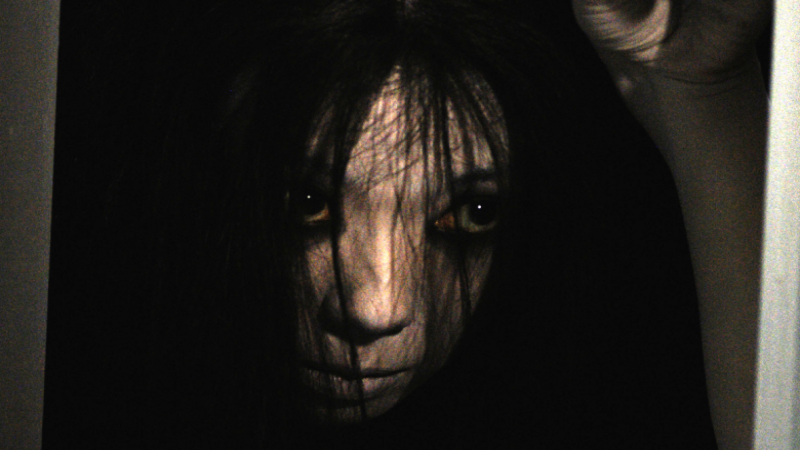
We have even already seen this rage transferred across the Pacific to America. Pesce is pointedly going back to the source of his inheritance, expressly setting the passage of Kayako’s grudge from Japan to America in 2004, the same year as Shimizu’s first cross-cultural American remake, and then skipping ahead to 2006. the year of Shimizu’s remake sequel. The new location of the transplanted curse is a small town in Pennsylvania whose very name, Cross Rivers, marks it as a site of transition – a place of passing between one country, or perhaps one state of being, and another.
Ignoring the warnings of her police colleague Detective Goodman (Demián Bichir), newly widowed, newly arrived Muldoon (Andrea Riseborough) starts investigating the connections between a strange series of deaths that have radiated out from 44 Reyburn Drive ever since, two years earlier, Fiona Landry (Tara Westwood) returned from a Tokyo job and moved in there with her family. You already know the score. The stories of those that either lived or even just set foot in the house, and the inexorable deaths that came to them afterwards, are here told in a mixed-up manner that confounds the norms of chronology, fitting everyone’s fate (including Muldoon’s own) into a complex jigsaw of creeping horror. This is, essentially, the pattern found in every version of The Grudge. Even Shimizu’s first theatrical version from 2002, not to mention his first American remake from 2004, were merely replaying – and refining – a routine that he had already set out clearly in the series’ previous incarnations. Not only do the Grudge films, with their recurrent hauntings in showers, baths, beds and closets, echo one another, but repetition – of a viral variety – is inscribed as a theme in the very fabric of each and every instalment, as the curse is passed, like a contagious infection, from one person to another, always, inevitably, leading to the same vain struggle to survive or escape, and to the same destructive outcome.
In all these films, the conclusion is foregone and a mood of utter nihilistic doom pervades. That is the films’ raison d’être – it is, precisely, the nature of the grudge, an ineluctable, supernatural force which, once it has put its hooks into a person, will never let go. Here, as previously, the fractured timeline ensures that we know that most of its characters are going to die – indeed, are already dead by the time Muldoon comes to look back on their cold case files. In this franchise, like in the Final Destination series, mortality is prescribed, and is not meant to come as a surprise, even if the precise form that it takes may, until revealed, be less clear.
Complaining that Pesce’s version is merely more of the same may involve some truth, but it is also missing the whole point of the franchise. Apart from Kayako herself, the one fixed point of these films is grotesque, harrowing death foretold, which Pesce, like previous directors, duly delivers as a bleak memento mori for the popcorn-chewing, thrill-seeking viewer. Pesce’s The Grudge is most definitely a Grudge film. If you have objections to that idea in principle, or dislike the Grudge films in general, then obviously it would be strange to pursue this one. The clue is in the title. If you like some or all of those other films, then Pesce’s film has all the grim goods – and if those goods seem like pre-loved hand-me-downs, in a way, with this particular franchise, they always were. Kayako’s iterative acts of vengeance have always been passed down a chain of contagious inheritance, affecting anyone and everyone but the actual party who wronged her.

“We’re still settling in,” Muldoon tells Goodman of her and Burke’s recent move to Cross Rivers. “It’s definitely different.” Perhaps Pesce felt the same way, having to find his way around a property that was not originally his own. Pesce’s previous film, Piercing, was already itself a Japanese import, adapting a 1994 novel by Ryu Murakami (whose writings also inspired Takashi Miike’s Audition, 1999) into the stylised idioms of an urban American giallo – but with The Grudge, one feels Pesce is far more constrained in his inventiveness by the demands of a studio, and struggling to put his individual stamp on an established and now highly conventionalised set of franchise tropes. He is certainly well-served by a cast that includes (among its victims) John Cho, Betty Gilpin, Jacki Weaver, Frankie Faison and Lin Shaye, all of whom – apart from Shaye, whose character’s dementia makes her different from the others – play their rôles with a genuine, earthy earnestness that brings an anchoring reality to the film’s more surreal flights of fancy.
Most of the effects work is practical, while careful attention is paid to the house’s gradual deterioration over time – like the terminally ill loved ones that both Muldoon and Goodman had to watch slowly getting worse. Old William Matheson (Faison) is also having to bear witness to the decline of his wife of 50 years, Faith (Shaye). Perhaps the most disturbing innovation of the film is not any of several standard (and not especially effective) jump scares, but rather William’s stated claim that the house, whose ghosts represent an opportunity for someone who otherwise has no belief in an afterlife, might be the best, indeed only, kind of hope for him to be able to spend more time with his dying wife. This is a loss of Faith in more than one sense. No doubt some viewers will state that Pesce’s film is not frightening, but most of its dread is of a more existential brand, with everything awash in anxiety, despair and the panic of fatalism.
The Grudge ends with a sustained exterior shot of yet another home. Even if we suspect that something horrible is happening indoors, nothing happens in the shot itself, which elapses merely to the banal sounds of a garden sprinkler and birdsong. This is where Pesce comes into his own as the film’s director, with a sequence that, in looking away, distances the viewer and frustrates any expectation of pat resolution. Though they always come with a supernatural overdetermination, most of the film’s killings are carried out by the living upon members of their own family, opening up a subtext of domestic violence and mental illness (both of which are formally presented within the film as the police’s explanations for the multiple deaths at Number 44). Pesce’s long final shot offers the chilling suggestion that we never really know what is going on inside, behind closed doors, in an America whose sunny suburban surfaces conceal a deep-seated anger and murderous madness that are catching.
The Grudge is in cinemas on Friday, January 24th. Also available on Netflix.









